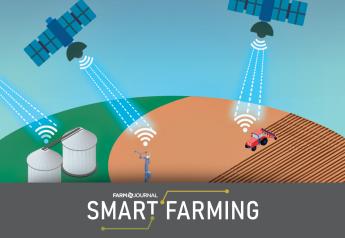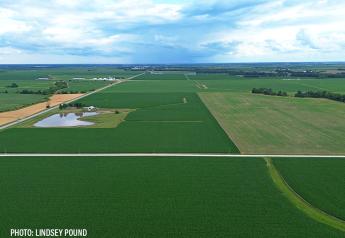The Differences Between Southern Rust and Common Rust
Southern rust has been sneaking its way north this season. Here are 5 things you need to know about southern rust, and what makes it different than common rust.
1. Southern rust is potentially more destructive to corn yields—up to 25 bu. hits to yield can result. The latest-planted corn in an area is at higher risk for yield loss. Southern rust does not occur as often from year to year as common rust, but it is usually more severe when it does occur. Southern rust is more frequent in the South but usually in late summer can spread into the Midwest by wind-blown spores.
2. The biggest visual difference: the location of the pustules where the spores are produced. Common Rust: pustules occur on both the upper and lower leaf surfaces and will be circular to elongate, darker in color. They are slightly larger than those of southern rust.
Southern Rust: primarily on the upper on the upper leaf surface. Pustules are circular to oval, light brown to orange in color. Pustules are more densely clustered than common rust.
3. Rust fungi only require 6 hours or more of the ideal humidity or leaf wetness for spore germination and infection. The ideal temperature for common rust and southern rust are different.
4. Protective fungicide treatments will be key to slowing disease progress and protecting kernel yield. Consider applications carefully. Data from North Carolina suggests applying fungicide for control of rust within two weeks of black layer is unlikely to provide economic returns. To be profitable, fungicide applications must be made in a timely manner before rust has spread throughout the canopy, and before corn plants are near physiological maturity.
5. Stalk rots often follow leaf diseases. As you scout for rust this season, make note where in the field you need to monitor for stalk strength.
If you are unsure of the diagnosis of the diseases, send samples to a diagnostic lab. The shapes of spores must be compared across at least 100 spores to determine a final diagnosis.
Treatment guidelines: Scout for fungal leaf diseases 2 weeks before tasseling to 2 weeks after tasseling. At least a 15% whole-plant infection is needed to justify a fungicide treatment.
Factors to consider:
· Weather. Fungi in general and rusts in particular need free water (on the leaves) and continued wet weather to continue to flourish.
· Probability of more disease. Consider the probability of other fungal leaf blights developing under this season’s conditions and in your particular hybrid. For example, field history and amount of residue will affect probability of diseases such as gray leaf spot.
· Economics. Consider the ROI on the application--the price of corn and the cost of application.
Check these bulletins from Alabama Extension and Pioneer for more on fungicide options.
Fungicides compared for Southern Rust Control in Corn in Southwest Alabama







